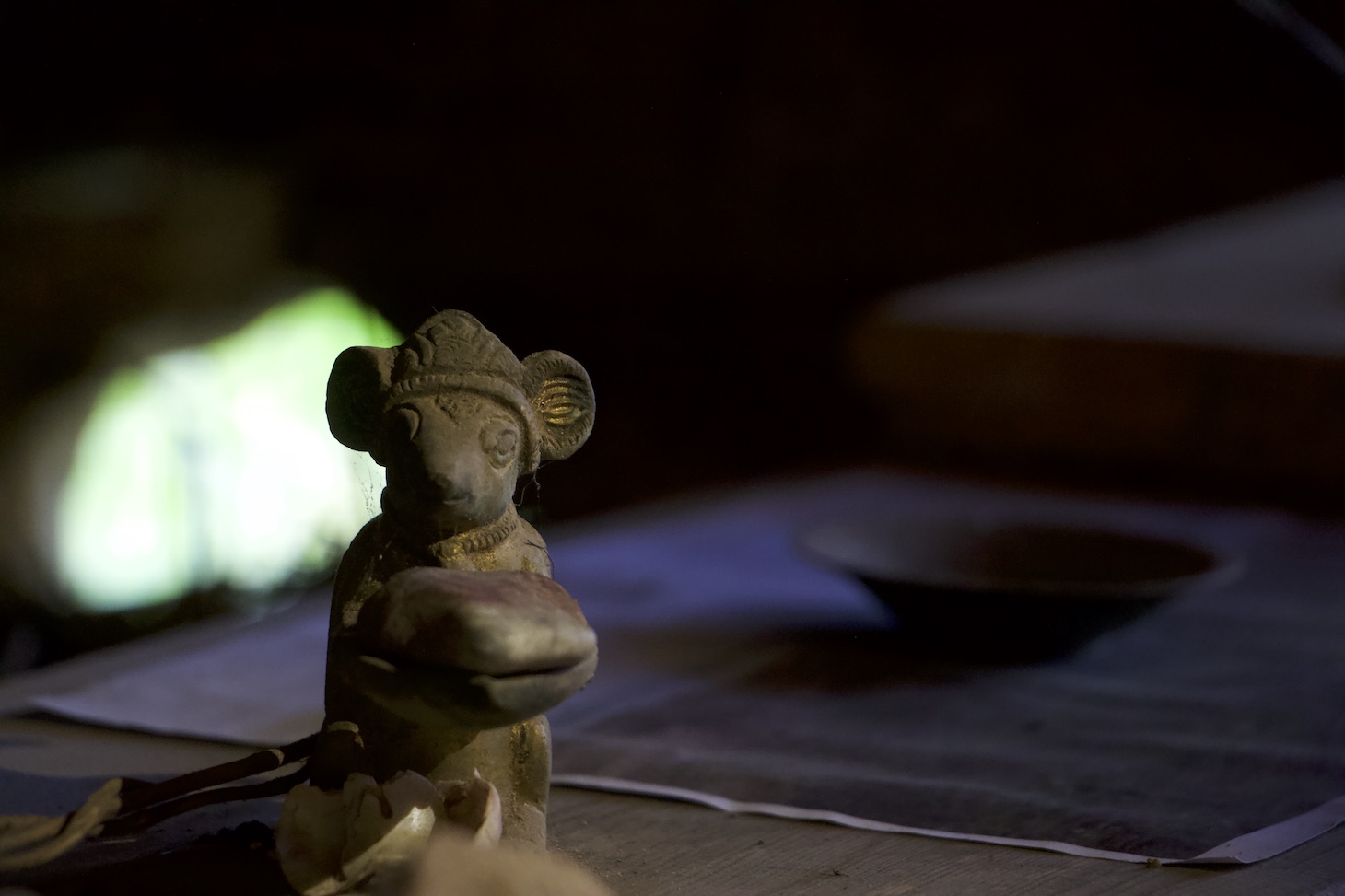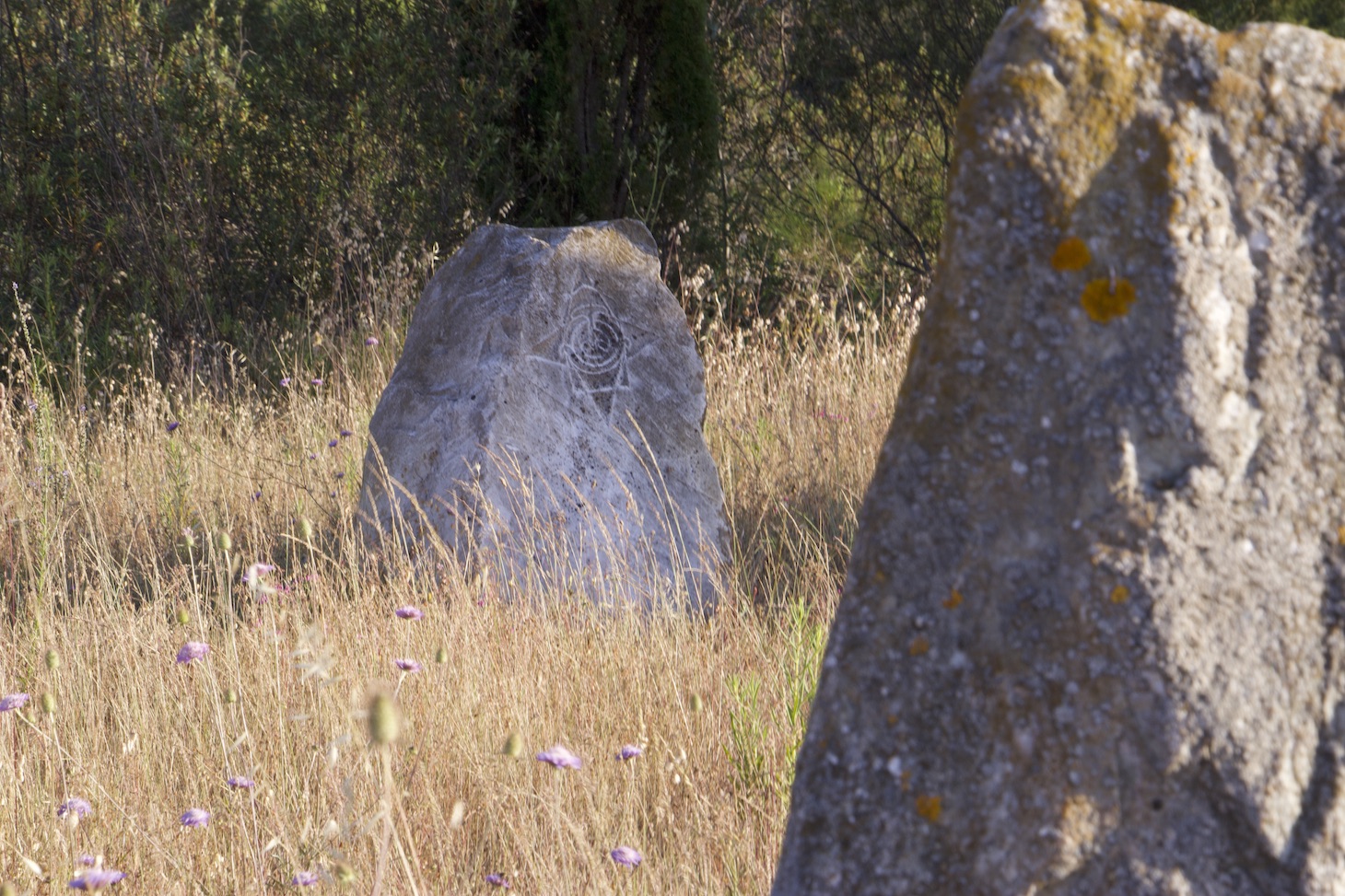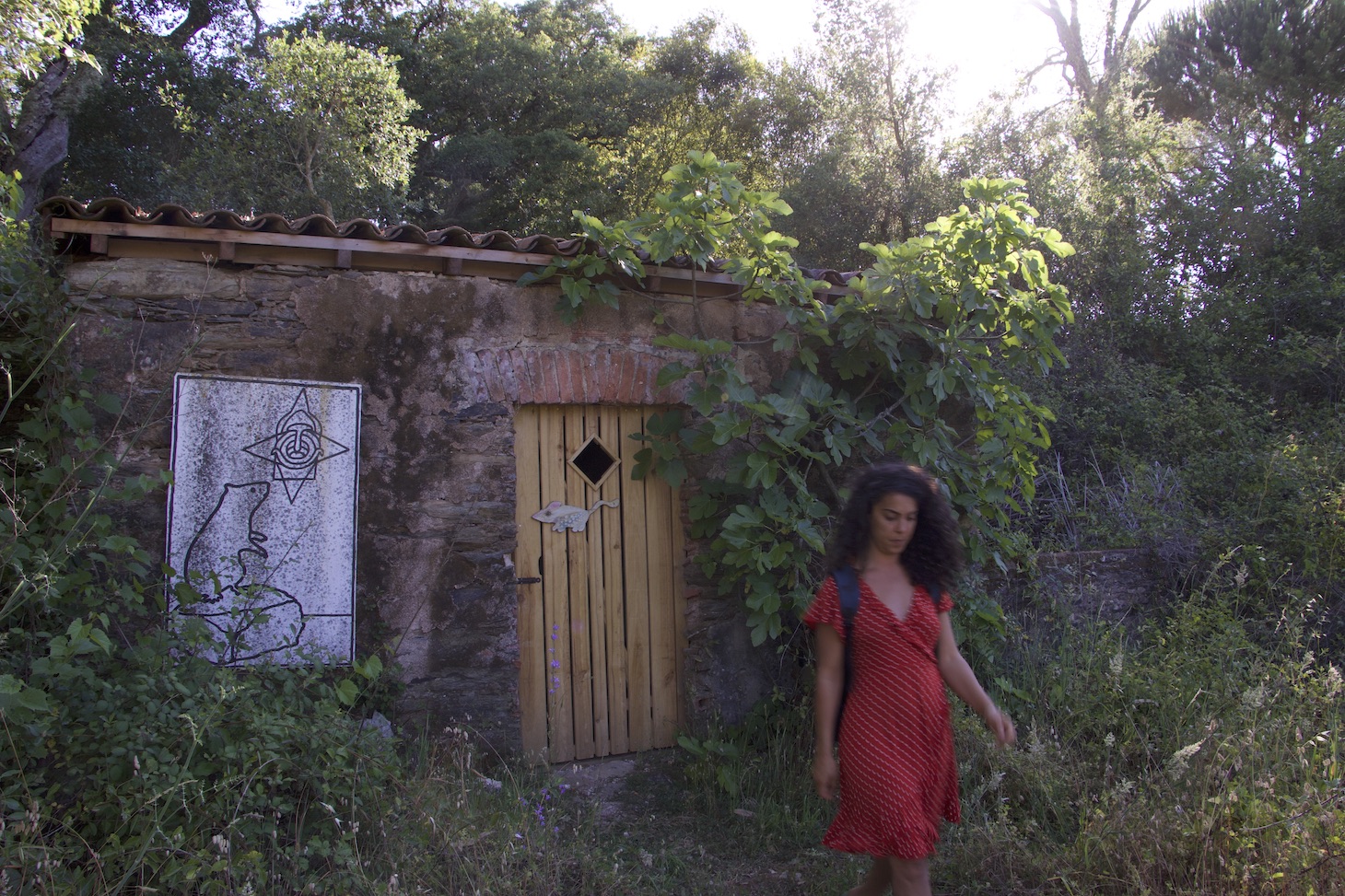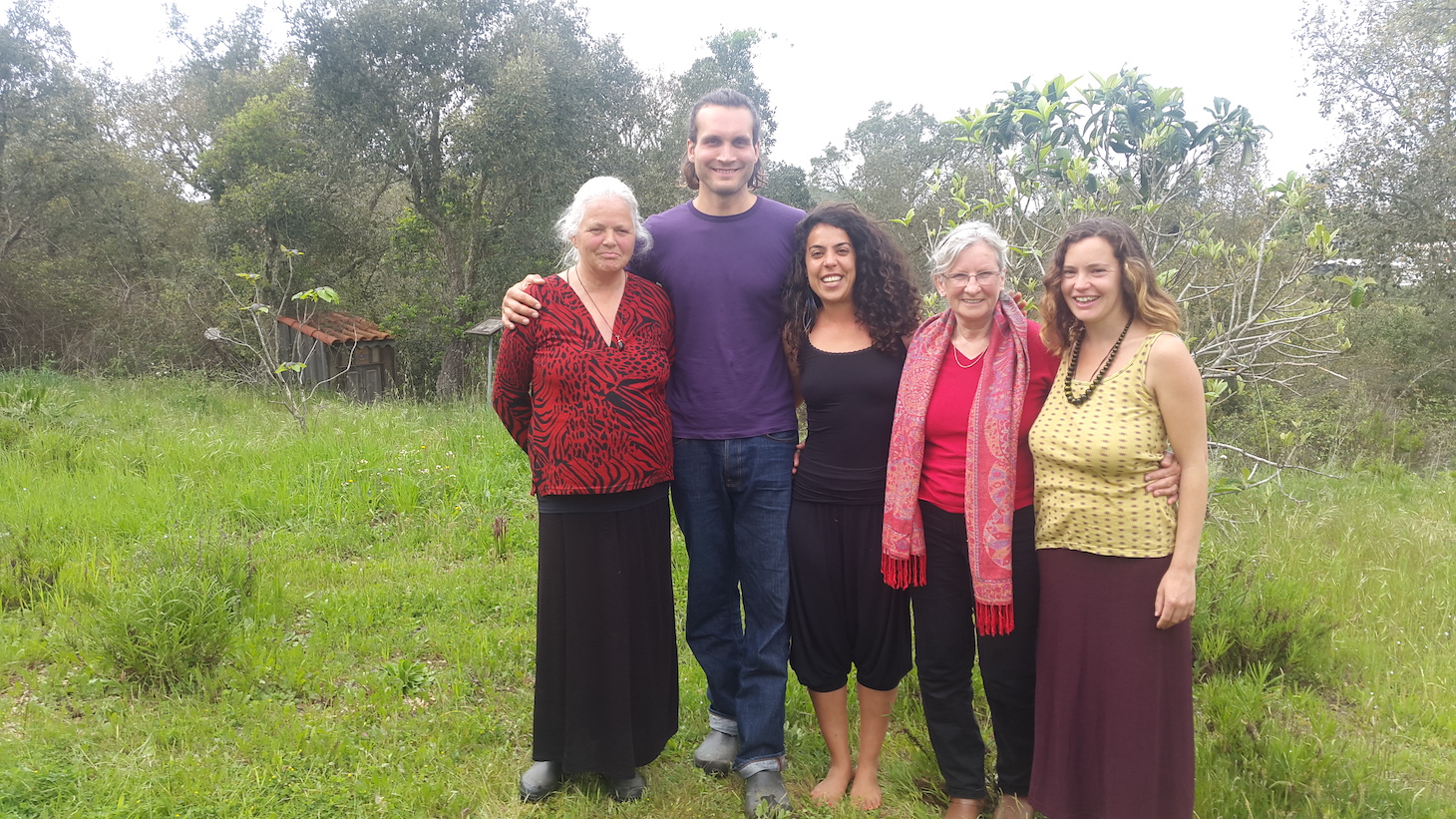Rat Research
In the last 20 years, we’ve been researching the possibility of communication with rats. Our spiritual research with the rats is part of Terra Deva – the department for spiritual ecology, mentored by co-founder Sabine Lichtenfels, where we research diverse interspecies communication. It has included creating places for mutual perception and communication inspired by the famous Rat Temple in Rajasthan and others. We’re learning about the possibility of a life which includes rats as cooperation partners, serving as a model for the ways in which we can collaborate with all forms of wildlife that surround us.
Vision
In some spiritual traditions around the world, rats are seen as sacred animals. In India, for example, temples are dedicated to the rats as reincarnated descendants of a Hindu goddess. Local people are not afraid of them – they feel blessed if the rats make physical contact with them.
Scientific research shows that rats are compassionate beings who will avoid actions that could harm other rats and are able to make friends. Still, for the last centuries, the rat has been considered as a pest that transmits diseases in the Western world and other cultures. Humans have tried to find solutions for the growing presence of rats by using poison and traps. Rats are also widely used in cruel laboratory experiments, usually for the development of pharmaceutical medicines, cosmetics, and for research into social behavior. This is one example of how humans have largely stopped perceiving rats as living beings and instead regard them as a resource to be exploited or as a hazard that needs to be eliminated for our own safety.
In the early days of the project at Tamera, we quickly became closely acquainted with the rats, as they are beings who are always attracted to human settlements. Knowing the traumatic historical relationship between humans and rats, we asked ourselves: What could a new path of cooperation look like?
Our research led us to different questions, such as:
- Why in some places in the world, such as India, the Philippines, and Mexico, are rats considered a sacred animal?
- Why are rats so often present wherever humans settle?
- What can we learn from this animal who lives both in dark corners and open fields?
- How will humans and rats want to live together once we can see the meaning, beauty, and spirit of rats and are no longer driven by disgust, fear, or the habit of excluding other beings from our way of life?
Research
In our cooperation experiments, we’ve tried different approaches, such as:
- Noticing where and how rats appear, both outside and inside the temples. For example, when rats appear in a living space of our community, we observe if there is a certain place within the space that they are attracted to, or if they damage certain objects. We try to understand the synchronicity of the rats’ actions with the issues we are working within our social context and make changes accordingly. “Communication,” in this case, means integrating the insights we gain through noticing the behavior of the rats and understanding what changes are needed in our own behaviors and habits.
- Writing letters: we use letters to outline the specific forms of cooperation we are asking for (for example, to not nest in kitchens), and to ask for support for our prayers and actions. Often, the rats will leave a mark on a letter we leave, or take it away and bring it back at specific moments. One example, which has often repeated in different forms, is that when the rats first came to our food storage, eating the food there and damaging the place, our children were inspired to leave letters in the storage room to ask the rats to stop coming there. After a short time, the rats stopped appearing there. This kind of synchronicity between our ways of communicating and the rat’s behavior is the basis of our research. It may sound like spiritual sci-fi, and we’ve needed to get accustomed to it too, but it actually works. To be clear, we’re not suggesting that the rats can read – writing letters is one way, among many, to focus our consciousness toward the information we want to give and then to stay open to the messages we receive.
- Noticing changes to figurines and natural objects, such as leaves and seeds, placed on the altar. Often, the rats bring such objects to us – we track when these are repeatedly brought to the temples, to try to understand what the pattern is: why are they bringing them? We then listen for connection and significance relating to events in our lives or in the world. For example, we noticed that the rats kept bringing broken seeds, which corresponded with an inner process of a breakthrough for one of our research team.
Meditation and receiving messages: our research team joins in meditation at one of our rats’ temples each Monday morning at the Ring of Power. In these sessions, we take time in silence to innerly ask the question of the week and wait to see if we perceive any answers arising. Following this, we share our insights and messages in the community. We often find powerful and unexpected messages coming to us at this time, which are very often in coherence with each other. The rat is an animal that is present worldwide, and we notice that the answers we receive often inspire us to take a wider and more inclusive perspective.
Watch
Elinor Ben-Zikri, a member of the rat research team, interviews Sabine Lichtenfels, co-founder of the Tamera Peace Research & Education Center, & Barbara Kovats, wise woman & long-term community leader, about their experience of cooperating with rats. What does it mean to cooperate with these beings, and what does this research look like in practice?
We are grateful that rats are recognized for their intelligence and their joy in cooperating with humans. This beautiful project in Cambodia cooperates with them in order to find land mines and therefore help save lives:
Key Learnings
In our research, we found that:
- Rat populations adjust to their habitat and find a natural balance when they have safe places to nest and are no longer fought and despised.
- Rats are masters in transformation – they often come to places where this is needed, especially places that are abandoned or not being used to their best potential.
- Rats will often damage products or tools that represent complicity with exploitative systems. Considering how much suffering (particularly towards rats) lies behind industrial cosmetics, we decided in Tamera, around 20 years ago, to pay attention to this complicity and to become more responsible for the impact our choices have on the Earth. We noticed that when we started to switch to products that are free from this kind of complicity, the damage the rats were doing (for example, eating the plastic containers, or the cosmetics themselves) began to decrease.
On a spiritual level, we feel that rats stand for healing topics we often want to avoid or suppress. They appear as a helping force for individuals or groups – often encouraging deepening in shadow work. From our experience, once we started to work at the relevant depth, on both the inner and outer levels, the rats stopped causing damage and began a balanced co-existence with us.
Photo Gallery
Engage
If you are interested in engaging more with our work or have questions, please contact us at: ratresearch (at) tamera.org. We invite your collaboration in service of healing our relationship with the rats and in service of a life where cooperation with wildlife is possible again.




